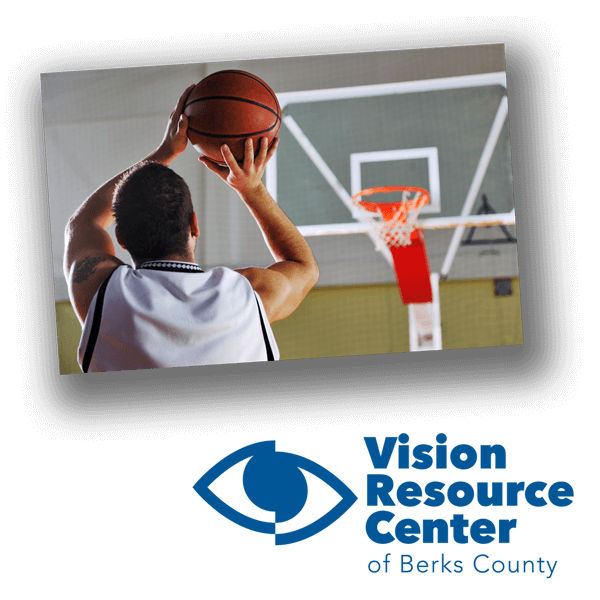April is National Sports Eye Safety Month
from Eye Health in Sports and Recreation written by David Turbert, reviewed by Brenda Pagan-Duran MD – American Academy of Ophthalmology
Tens of thousands of sports and recreation-related eye injuries occur each year. The good news is that 90 percent of serious eye injuries are preventable through use of appropriate protective eyewear.
The risk of eye injury can vary depending on the activity. Make sure the level of eye protection you or others in your family use is appropriate for the type of activity. Regular eyeglasses do not offer proper eye protection.
High-Risk Sports
For all age groups, sports-related eye injuries occur most frequently in baseball, basketball and racquet sports.
Boxing and full-contact martial arts pose an extremely high risk of serious and even blinding eye injuries. There is no satisfactory eye protection for boxing, although thumbless gloves may reduce the number of boxing eye injuries.
In baseball, ice hockey and men’s lacrosse, a helmet with a polycarbonate (an especially strong, shatterproof, lightweight plastic) face mask or wire shield should be worn at all times. It is important that hockey face masks be approved by the Hockey Equipment Certification Council or the Canadian Standards Association (CSA).
Protective eyewear with polycarbonate lenses should be worn for sports such as basketball, racquet sports, soccer and field hockey. Choose eye protectors that have been tested to meet the American Society of Testing and Materials (ASTM) standards or that pass the CSA racquet sports standard. See the EyeSmart Protective Eyewear page for additional details.
If you already have reduced vision in one eye, consider the risks of injuring the stronger eye before participating in contact or racquet sports, which pose a higher risk of eye injury. Check with your ophthalmologist (Eye M.D.) to see if appropriate eye protection is available and whether or not participating in contact or racquet sports is advised.
Other Risky Leisure Activities
While sports account for a particularly high number of eye injuries, they are by no means the only hobby that poses a risk to your sight. According to physicians surveyed for the 2008 Eye Injury Snapshot conducted by the American Academy of Ophthalmology and the American Society of Ocular Trauma, more than 40 percent of patients treated for eye injuries sustained at home were involved in home repairs, yard work, cleaning and cooking. Use common sense and err on the side of caution, whatever the activity.
- Consider the risk of flying debris or other objects during activities and wear appropriate eye protection.
- Remember that eyeglasses aren’t sufficient protection.
- Be careful during activities or games involving projectiles and other sharp objects that could create injury if in contact with the eye. For example, the U.S. Eye Injury Registry indicates that fishing is the number one cause of sports-related eye injuries.
- If you wear contacts or eyeglasses, pack a back-up form of vision correction during bike trips or other activities where you could lose or shatter a lens.
If an eye injury occurs, see an ophthalmologist or go to the emergency room immediately, even if the eye injury appears minor. Delaying medical attention can result in permanent vision loss or blindness.
Learn What to Do For an Eye Injury
If you or your child get an eye injury, follow these important care and treatment guidelines for eye injuries.
On-the-Field Visual Test Helps Diagnose Concussions in Athletes
About 3.8 million Americans sustain sports-related concussions each year, so a quick, reliable screening test would be useful on the sidelines, to keep injured athletes from returning to play too soon, and off the field to help physicians more effectively diagnose, treat and rehabilitate patients with concussions. An on-the-field visual test can help.

